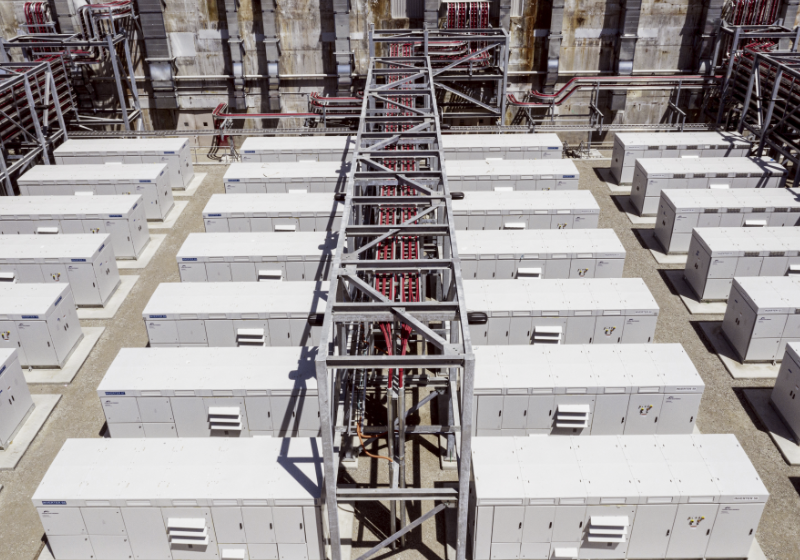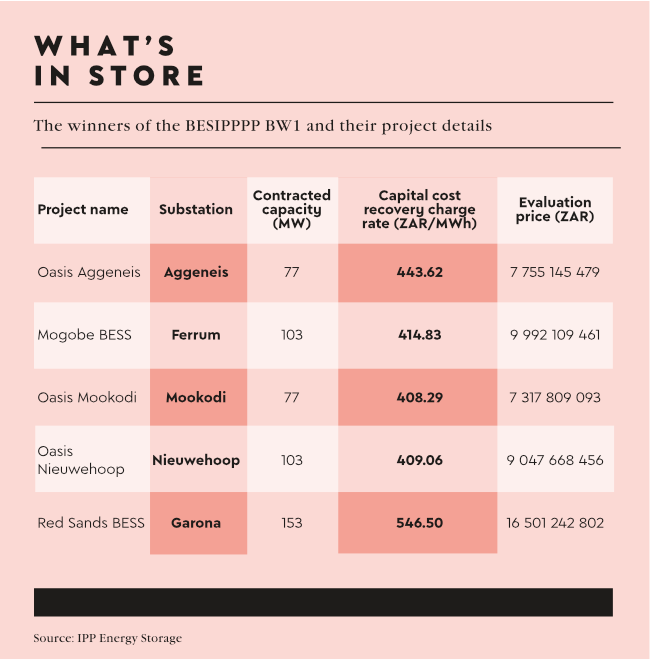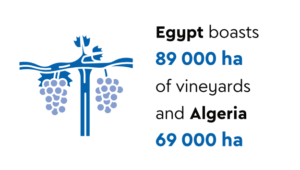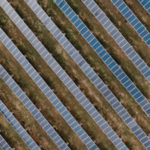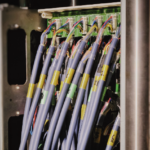First there was the REIPPPP. Now there’s the BESIPPPP. For renewable energy fundis, the REIPPPP (now thankfully abbreviated to REI4P) is South Africa’s Renewable Energy Independent Power Producer Procurement programme, established nearly 15 years ago and which has been highly successful in alleviating the country’s power crisis, supporting the transition to a cleaner, more sustainable energy system.
The BESIPPPP – Battery Energy Storage Independent Power Producer Procurement programme – is another, new element of that initiative and one that holds huge promise.
As critics have pointed out ad nauseam, solar panels generate electricity only when the sun is shining, and wind turbines produce energy only when the wind is blowing. This variability can lead to imbalances between energy supply and demand, especially during periods of low generation or peak consumption.
Battery storage systems address this challenge by storing excess energy generated during periods of high production, allowing it to be used when renewable generation is low. This ensures a consistent and reliable power supply, reduces reliance on fossil fuels and enhances grid stability. Battery storage also enables better integration of renewable energy into the grid. As the deployment of solar and wind energy expands, advanced battery storage solutions will be critical for achieving energy independence and reducing carbon emissions.
Eskom, South Africa’s state-owned power generator, has battled to prevent frequent and widespread power outages and plans to use battery energy storage system (BESS) facilities to increase grid resiliency.
‘Government is making forays into large-scale battery energy storage, which stores electricity produced during the day, which can then be used when the energy system is constrained,’ says Calvin Augustine, deputy director of the communication resource centre at the Government Communication and Information Systems.
‘This will go a long way in relieving pressure on the grid during peak periods and could allow for relief from higher stages of load shedding.’
Enter then the BESIPPPP. In April, South Africa’s then Department of Mineral Resources and Energy (it has been reconfigured following the May general elections) announced the launch of the third bid window (BW3) of the BESIPPPP.
The department said the tender is for a total of 616 MW/2 464 MWh of BESS capacity, to be integrated into five Eskom substations in the Free State province.
The BESIPPPP BW1, launched in March last year, planned for 513 MW of BESS projects in the Northern Cape province.
It’s illustrative to look at one of those BW1 projects, Red Sands – about 100 km south-east of Upington. Owned by independent power producer Globeleq, it will consist of 153 MW/612 MWh storage capacity. The company estimates that ‘the project will cost approximately US$300 million and will take 24 months to construct after financial close which is expected later this year’.
Red Sands will be the largest standalone battery project in Africa and will cover 5 ha.
‘Electricity storage is going to be key, not only in helping South Africa meet its considerable industrial and domestic demand for energy, but also in meeting growing demand right across Africa as more and more renewable energy projects benefit from the advances our industry has made with battery storage technology,’ says Globeleq’s CEO Mike Scholey.
Red Sands will connect to the grid through Eskom’s Garona substation. ‘The substation will be upgraded by the Red Sands project to ensure that full network support capabilities of the project’s batteries can be utilised,’ according to Globeleq.
The company also owns a combined solar and BESS plant at Cuamba, Mozambique, which began operating in September last year, as well as eight renewable plants (six solar PV, two wind) with a total generating capacity of 384 MW in South Africa.
In an opinion piece published on the Conversation website, David Walwyn, a professor of the University of Pretoria, states that South Africa can solve much of its energy woes by building facilities that combine battery storage with PV. Although he concedes that ‘combining solar with storage makes it more expensive than coal’, he writes that the technology is affordable, provided it is at large scale and used for peak power only.
‘The cost of a battery-plus-inverter system to meet the needs of an average household under Stage 4 load shedding – which is about six hours of outages every 24 hours – is about ZAR100 000 to ZAR150 000,’ writes Walwyn. ‘At current interest rates, and assuming an average energy consumption of 15 kWh per day and an Eskom rate of ZAR2.75 per kWh, the net cost will be ZAR6.10 per kWh.
‘This makes it more expensive than diesel. Back-up power from an 8 kVA diesel generator, using the same set of assumptions, will cost about ZAR5.20 per kWh, including diesel and capital charges.’
But if businesses are forced to weigh up expensive power against no power, the choice is clear. ‘The installation of 1.4 GW of battery capacity nationally confirms that there is already a market for the purchase of energy at higher cost,’ he writes. ‘Energy security is a necessity for many businesses, especially those operating cold storage or essential equipment.’
Although BESS is mostly being rolled out with utility-scale systems, it is also very useful for small-scale operations such as farms, mines, construction sites and factories.
‘These industries rely on power,’ Lance Dickerson, MD of REVOV Batteries told Business Day Earth magazine. ‘When there is no power, they simply cannot trade. And as we all know, this economy cannot withstand more headwinds and turbulence.
‘With this in mind, businesses in construction, mining and manufacturing realise that they simply must take power security into their own hands, as well as the global shift in focus towards environmental conservation and sustainable practices. South African industries are increasingly embracing green energy initiatives, with key aspects related to compliance and sustainable practices.’
Solutions that use repurposed EV batteries can provide power on hand.
‘Simply speaking, when the sun shines, solar panels produce electricity,’ according to Dickerson. ‘But they only produce as much electricity as is demanded of them.
‘This means that the engineering of the system is crucial. Equally crucial is ensuring that the batteries are not only storing the right amount of energy, but are capable of discharging and then recharging efficiently and safely.’
He says the focus should be less on the source of the power and more on its storage. ‘In many ways, the solar industry is the tail that’s wagging the dog. It should be the other way around, because it is the batteries and inverters that underpin the efficacy of any installation – whether it is small-scale or large-scale.
‘Solar panels only produce energy when the sun is shining. It is the battery bank and inverter that enables this power to be harvested and deployed when called on to do so, such as during periods of load shedding or at night.’

